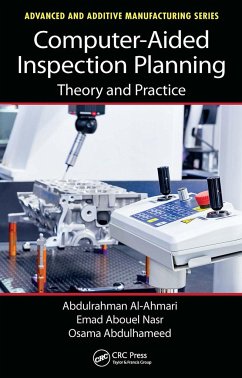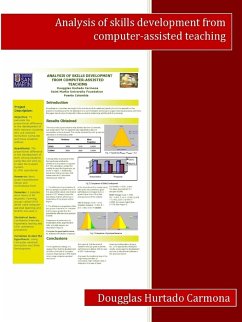
Computer Tools for Sanitary Sewer System Capacity Analysis and Planning
Versandkostenfrei!
Versandfertig in 1-2 Wochen
19,99 €
inkl. MwSt.

PAYBACK Punkte
10 °P sammeln!
A properly designed, operated and maintained sanitary sewer system is meant to collect and convey all of the sewage that flows into it to a wastewater treatment plant. However, occasional unintentional discharges of raw sewage from municipal sanitary sewers - called sanitary sewer overflows (SSOs) - occur in many systems. Rainfall-derived infiltration and inflow (RDII) into sanitary sewer systems has long been recognized as a major source of operating problems, causing poor performance of many sewer systems. RDII is the main cause of SSOs to customer basements, streets, or nearby streams and c...
A properly designed, operated and maintained sanitary sewer system is meant to collect and convey all of the sewage that flows into it to a wastewater treatment plant. However, occasional unintentional discharges of raw sewage from municipal sanitary sewers - called sanitary sewer overflows (SSOs) - occur in many systems. Rainfall-derived infiltration and inflow (RDII) into sanitary sewer systems has long been recognized as a major source of operating problems, causing poor performance of many sewer systems. RDII is the main cause of SSOs to customer basements, streets, or nearby streams and can also cause serious operating problems at wastewater treatment facilities. There is a need to develop proven methodologies and computer tools to assist communities in developing SSO control plans that are in line with their projected annual capital budgets and provide flexibility in future improvements.












![The Grinding Capacity of French Buhr Mill Stones is Unquestionable [microform] Cover The Grinding Capacity of French Buhr Mill Stones is Unquestionable [microform]](https://bilder.buecher.de/produkte/65/65594/65594955n.jpg)